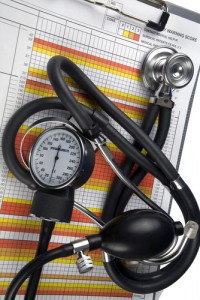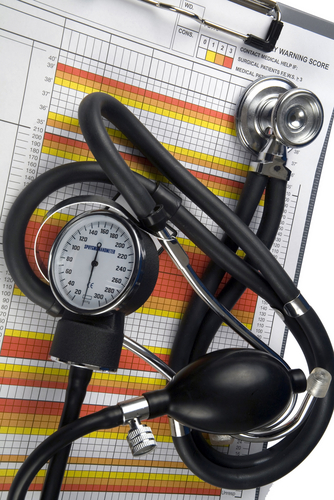 Sigmoidoscopy, a medical procedure analogous to a less invasive colonoscopy, can cut the risk for developing or dying from colon cancer. The finding, published in the Journal of the American Medical Association by researchers at institutes in Norway and Boston, Massachusetts, addressed the topic of the “Effect of Flexible Sigmoidoscopy Screening on Colorectal Cancer Incidence and Mortality.”
Sigmoidoscopy, a medical procedure analogous to a less invasive colonoscopy, can cut the risk for developing or dying from colon cancer. The finding, published in the Journal of the American Medical Association by researchers at institutes in Norway and Boston, Massachusetts, addressed the topic of the “Effect of Flexible Sigmoidoscopy Screening on Colorectal Cancer Incidence and Mortality.”
There are no routine colon cancer screenings in Norway, according to Dr. Oyvind Holme, MD, lead author at Sorlandet Hospital in Kristiansand, Norway, in a news article from WebMD. Therefore, the researchers were able to use over 78,000 50- to 64-year-old adults as unscreened controls to compare to over 20,000 age-match adults who underwent one-time sigmoidoscopy screening.
Follow-up analyses revealed a 27% decreased risk of colon cancer for the screened individuals compared to the unscreened individuals, suggesting the value of sigmoidoscopy in colon cancer screening. For every 100,000 people screened in the study, there were 113 cancer cases each year, compared to 141 cases in every 100,000 unscreened people each year.
One limitation to the study is that, “We did not compare flexible sigmoidoscopy to other screening methods,” said Dr. Holme, although half the sigmoidoscopy group received a stool test to identify hidden blood. Therefore, the study shows that sigmoidoscopy is better than no screening in terms of detecting and preventing cancers on the left side of the colon. “For right-sided colon cancer, sigmoidoscopy is, statistically, the same as doing nothing,” said Dr. James Church, a colorectal surgeon at the Cleveland Clinic in Ohio.
Despite the benefits of sigmoidoscopy identified in the study, clinicians may not necessarily alter their practice. “Sigmoidoscopy is definitely second-best to colonoscopy,” said Dr. Church. Colonoscopy is considered superior because it gives a view of the entire colon, not just the lower “left side” seen via sigmoidoscopy.
Evidently, each procedure can detect cancer and help prevent precancerous growths, known as polyps, but “if you don’t want to get colon cancer, colonoscopy is the best option,” according to Dr. Church. Yet he acknowledges that “Colonoscopy is not perfect, by any means.”
Experts in the United States advise people over age 50 to begin colon cancer screenings. Sigmoidoscopy may be a more attractive option over colonoscopy because the procedure is cheaper and faster, does not require sedation, and requires an easier pre-exam bowel cleanse. However, any of the following choices recommended from the US Preventative Services Task Force may be adequate: annual stool test, sigmoidoscopy every five years with stool testing every three years, or colonoscopy every ten years.
In fact, sigmoidoscopy may one day be used less due to new DNA stool tests that offer higher precision than standard stool tests. “Fecal DNA tests could change the way we think about stool testing,” said Dr. Church. “They’re so much better than what we have now.” However, fecal tests are not designed to replace colonoscopy screenings, as a colonoscopy would follow a positive stool test to confirm diagnosis.
In the end, the study suggests that being screened via sigmoidoscopy is better than not being screened at all–a truth that may encourage the one-third of eligible Americans who do not get screened to get screened.


